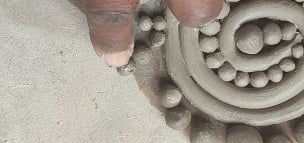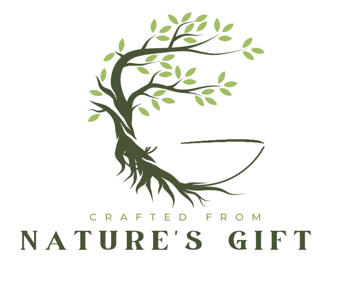Food for Thought
Sharing My Thoughts with the Chiswick House Communuty.
7/8/20243 min read


Reflection on the Project
Every project I work on prompts some form of reflection, and this one has been no different. It has pushed us to think deeply about our practice: how we create, what materials we use, what we choose to create, and who we create for.
This reflection began with a few questions from the Chiswick House team and community, and I’d like to share my responses here.
Why do you enjoy working with ceramics, and what does it mean to you?
As an artist working in ceramics, I feel that clay is a precious gift from the earth. It lets me craft something beautiful and meaningful with my hands, transforming a simple lump of earth into something that can last thousands of years. I love the versatility of clay—its malleability lets me draw, paint, print, sculpt, and create both functional items and objects of beauty, as well as explore my creativity freely.
There is something deeply inspiring about working with an ancient material that has such a rich history, diverse uses, and endless learning opportunities. Every time I create with clay, I learn something new.
For me, creating in clay is not just artistic; it is deeply therapeutic and fulfilling. Clay grounds me, providing a sense of stability, calm, and focus, allowing me to feel connected to the earth.
I often find parallels between working with clay and my own life. Just as clay demands patience, care, and resilience, so do our personal journeys. The ceramic process—where clay must be flexible and adaptable, enduring the heat and pressure of the kiln before emerging as a beautiful, resilient piece—mirrors personal growth and perseverance.
The magic of clay lies in its ability to transform under pressure, becoming stronger. This ancient material fascinates and challenges me daily, making my journey as a ceramic artist both deeply rewarding and ever-evolving.
Why is ceramics right for this project?
Ceramics offer a blend of durability and aesthetic appeal that is well-suited for this project. The medium fosters community engagement, creativity, and expression, allowing participants to potentially incorporate their own art into the table design. It also enables a true reflection of the garden's essence in a long-lasting way, using decorative techniques inspired by nature.
Why is the wood important?
This project is unique because the wood used to construct the table has a meaningful backstory. Although these trees have fallen and will never grow again, they retain a kind of life, holding the potential to give new life to the space. The wood is in a way still “alive,” moving and changing with the environment, adding depth to the table’s significance.
What are three or four key ideas you want participants to consider regarding food, communal tables, and the experience of eating together?
I’d like participants to reflect on themes of community connection, sustainability, and creativity, considering how these themes intertwine and connect us.
1. Community Connection
Think about the ways food nourishes us physically, mentally, emotionally, and creatively.
Reflect on how shared meals and communal tables foster a sense of belonging and community.
Consider how cooking for others or sharing a meal that someone else prepared strengthens bonds.
Notice the many ways that food brings us together.
2. Sustainability
Reflect on the sustainability aspects of food and communal dining.
How can we make meals more sustainable by choosing seasonal, local foods?How does eating communally support the environment, through reduced food waste and efficient resource use?
3. Creativity and Expression
Explore your own creativity, both in terms of table design and food.
How can food and table design intersect?
What new foods might you try, and how could familiar foods be used creatively?
Consider creative ways to share food and approach communal dining.
Finally, I’d like participants to think about how the design of a communal table can reflect our community’s values and aspirations. How might they repurpose items, or design the table itself, to embody sustainability and connection?
Through this project, I hope participants feel a renewed sense of connection—both to the materials we work with and to each other. The communal table we’re creating is more than just a piece of furniture; it’s a symbol of resilience, shared experiences, and the beauty that comes from collaboration. As we shape the clay and wood, we’re also shaping a space for reflection, conversation, and growth. My hope is that this table becomes a lasting reminder of our collective creativity and the joy of coming together around food, nature, and community.
These were definitely great questions to have to think about before the constriction and making started. These reflections will help shape the finished table. i look forward to sharing the next steps.
Nature, Artistry, Sustainability
Transforming nature into beautiful, functional creations.
Harvesting Connections
ayeshaweekes@gmail.com
07958487488
© 2024. All rights reserved.
